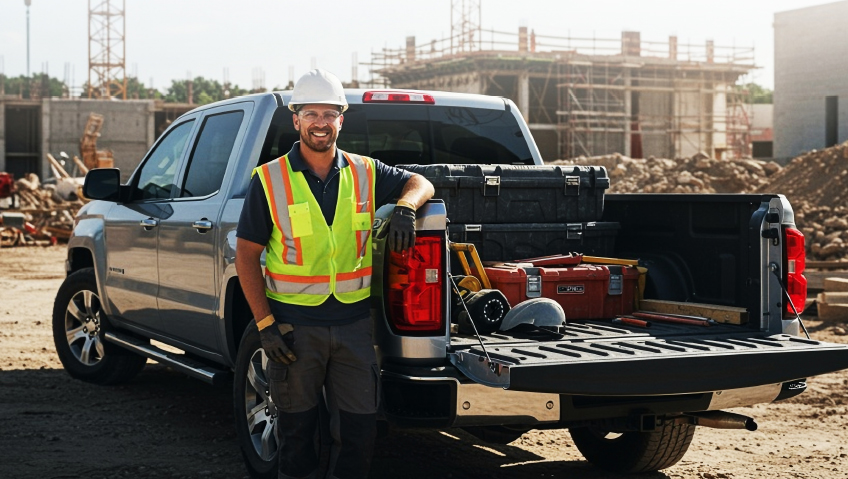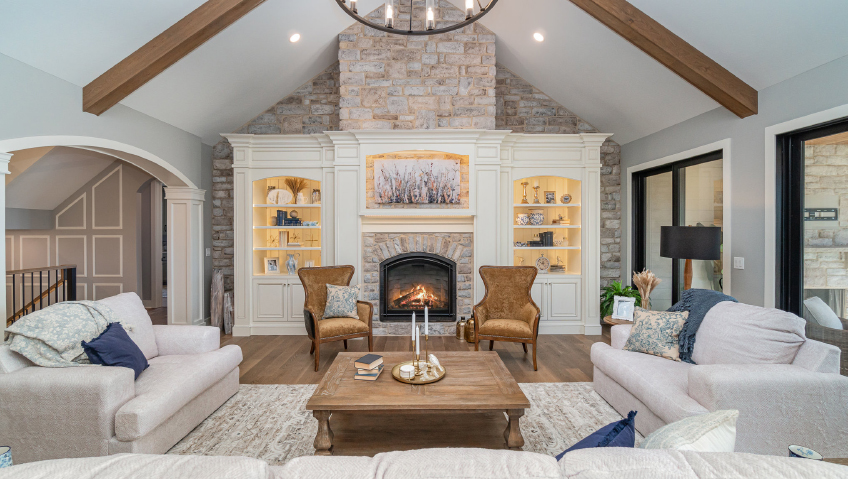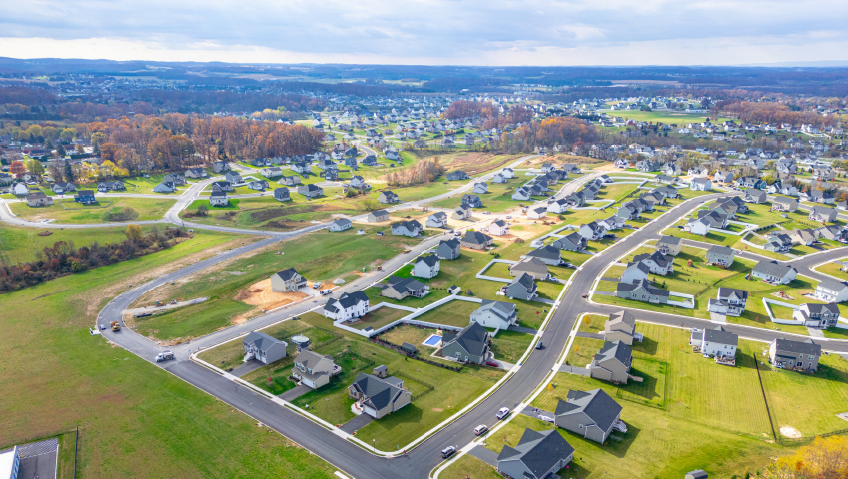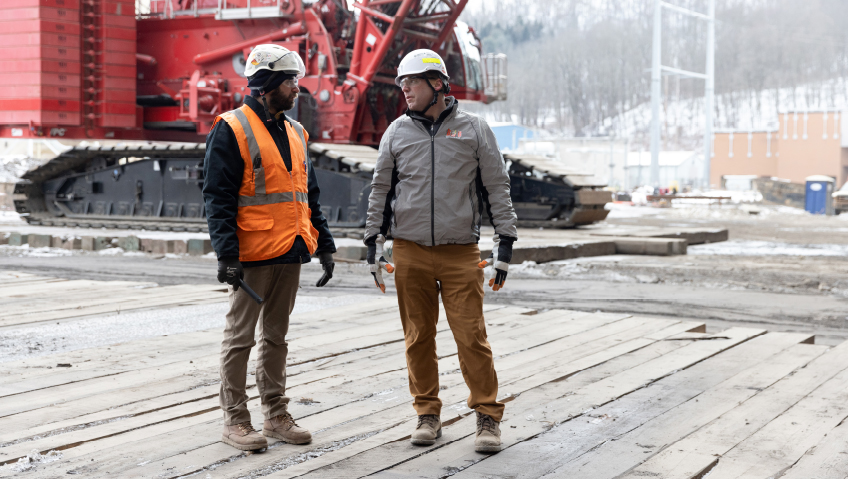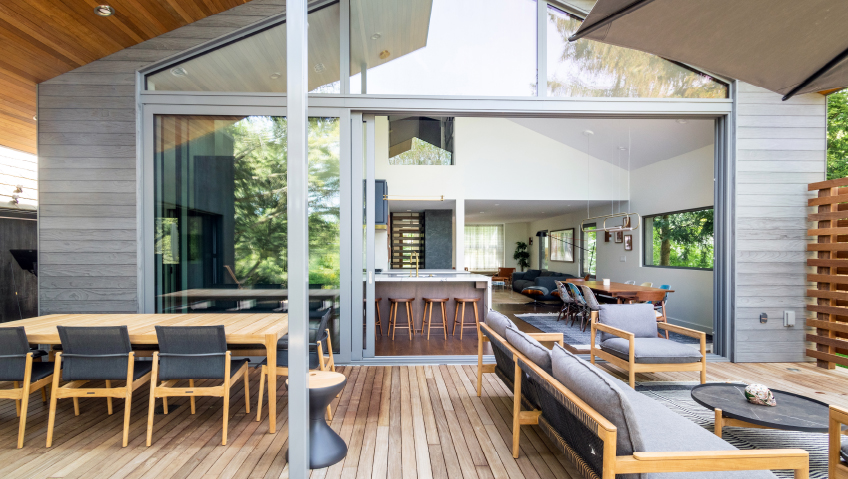The Pennsylvania Builders Association (PBA) is a statewide non-profit trade association that began its operations in 1945 and is largely staffed by volunteers. CEO Dan Durden and 2025 President Dean Hilliard describe PBA as the unified voice for both the home building industry and housing consumers of all kinds, thanks to its affiliation with the National Association of Home Builders (NAHB) as well as 29 local associations across Pennsylvania.
PBA primarily serves its members by providing proactive leadership on state regulatory and legislative issues. It also offers a variety of services and money-saving opportunities to local associations and their members to give them the best value they can get as business owners, all for the benefit of home building and all that it entails.
Both Durden and Hilliard had been privy to the association’s services and overall role in the industry before becoming involved themselves. Durden has served in his role as CEO for nearly 11 years, previously having served as General Counsel with NAHB for 17 years, during which time he amassed many contacts at PBA.
For his part, Hilliard has been the owner and president of AC&R Services (an air conditioning and refrigeration company) in Sugarloaf, Pennsylvania since the 1970s, and has also been involved with PBA for years, previously serving as Secretary and Vice President in 2023 and 2024, respectively.
Coping with costs
The home building industry is not well understood by those outside of it. For organizations like PBA, Durden says that it is like the middle part of a sandwich for associations in the residential arena of the home building space—meaning that it is a crucial ingredient that acts as part of the overall structure. He explains that although builders want to construct homes that are efficient and affordable, the cost of regulation can make this extremely difficult.
The ability for anyone to pursue home building is further challenged by both partisan and individual politics; for instance, Durden says, the NIMBY (Not In My Backyard) attitude runs across political parties and is generally in favor of new housing—as long as it is somewhere else. PBA does what it can to address and change these attitudes for the sake of creating housing opportunities for all.
To further benefit its associates and clients, there are some financial, social, and even educational incentives that members can take advantage of. PBA sports a member rebate program that allows for discounts from local manufacturers and through national purchasing partners, as well as social networking opportunities. There is also a cost-effective workers’ compensation insurance alternative through PBA, as well as educational opportunities through a partnership with the Pennsylvania Housing Research Center at Penn State University.
PBA also proudly supports an Endorsed Trade program for local career and technical schools, as well as secondary and high schools, to aid in the continued growth of the industry. The program seeks to bring young professionals into the building industry and offer them long and steady careers. Young people who want to take up any kind of trade can use this program as a way to meet prospective employers and gain insight into a trade that could become their future. So far, it has been very successful in getting engagement from both students and employers.
Durden says that previously, there had been a stigma around young people going into the trades for work, but now people are realizing that successful tradespeople can make six figures a year and even build their own business without incurring college debt.
Battling for homes
Throughout its day-to-day operations, PBA concerns itself with battles on both legislative and regulatory fronts. Currently, Durden says that there are legislative and governmental restrictions on land use, such as zoning rules that prevent home construction. Often, these restrictions can further add to costs, such as expensive minimum land use costs or further land requirements for parks and walkways around developments. The current home building marketplace, he says, has been developed to the point where it is very difficult for someone to build even a starter home without losing one’s shirt.
One way that PBA assists its members is in dealing with the legislative issues that affect them: “Dealing with legislative issues is certainly our priority,” Durden says.
Hilliard says that, if one looks at the cost of a new home today, nearly one-third of the cost of the home goes toward regulation and code requirements, the bulk of which are in local land use and zoning restrictions. This additional cost can make it practically impossible for many people to afford a home.
Durden says that another aspect of the association’s mission is advancing the interests of safe and affordable housing for as many people as can be housed. Part of that is ensuring that there is a free market available in Pennsylvania so that people from all walks of life can succeed in their home building goals: people of means can build the custom home of their dreams; those who are struggling can still afford a safe and comfortable place to live; and people in between the two extremes—the “missing middle”—have options available to them.
Whether it’s custom remote homes or large multi-family developments, PBA wants to provide all things to everyone on the housing front. “We are for all home buyers; we want everybody to get a place,” says Durden.
Building homes, building careers
An additional challenge lies in the home building industry’s workforce, which Durden says has had difficulty attracting younger people. “The skilled trades offer an outstanding opportunity for men and women to build their own successful careers,” but currently, an average of five professionals retire every year for every two new workers.
Although there has been an improvement in the past few years in that regard, it is still of utmost importance for PBA to remain involved with local employers and provide input to both instructors and students. This workforce shortage, along with the aforementioned expense and regulation difficulties, all contribute to affordability challenges as well as a shortage of home options for Pennsylvanians.
For the rest of the year and into the foreseeable future, PBA will continue to work with Pennsylvania legislators and government on passing legislation to help make homes more affordable while remaining efficient and safe. Hilliard says that this will be the association’s biggest challenge, although the recent situation around tariffs may also bring difficulties.
This latter issue will be tackled on a national level by organizations like NAHB. Hilliard says that these tariffs could have extremely deleterious effects on the cost of lumber, drywall, copper, steel, appliances, and tools, among other important inputs to housing. These increased costs will further undermine the ability of the average Pennsylvanian to purchase their dream home.
However, despite the myriad challenges to home building and ownership faced by Pennsylvanians, Durden, Hilliard, and the PBA at large are confident that the association can be a huge help for those looking to build homes in the state as it strives to make the American dream possible for people from all walks of life.

